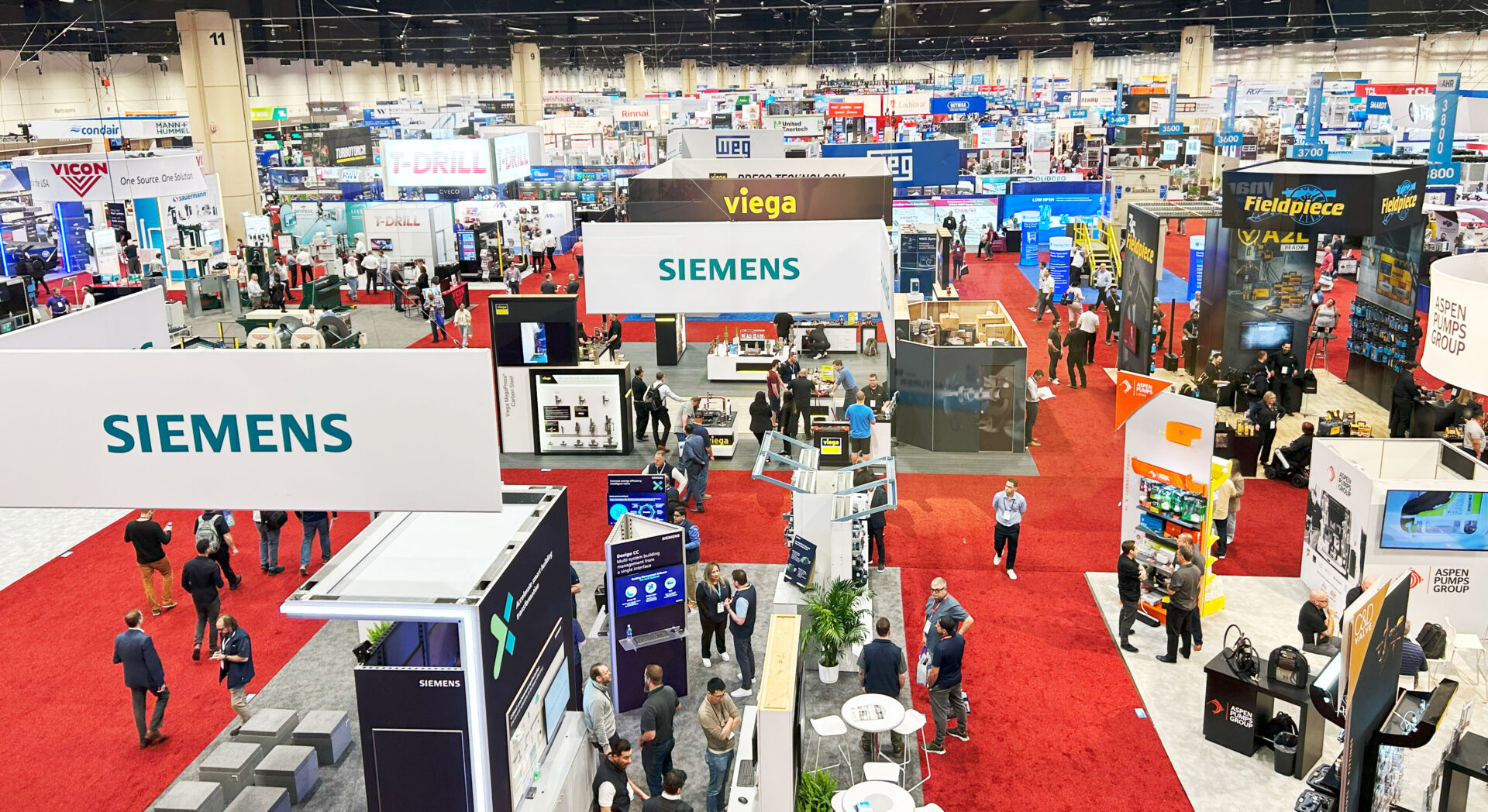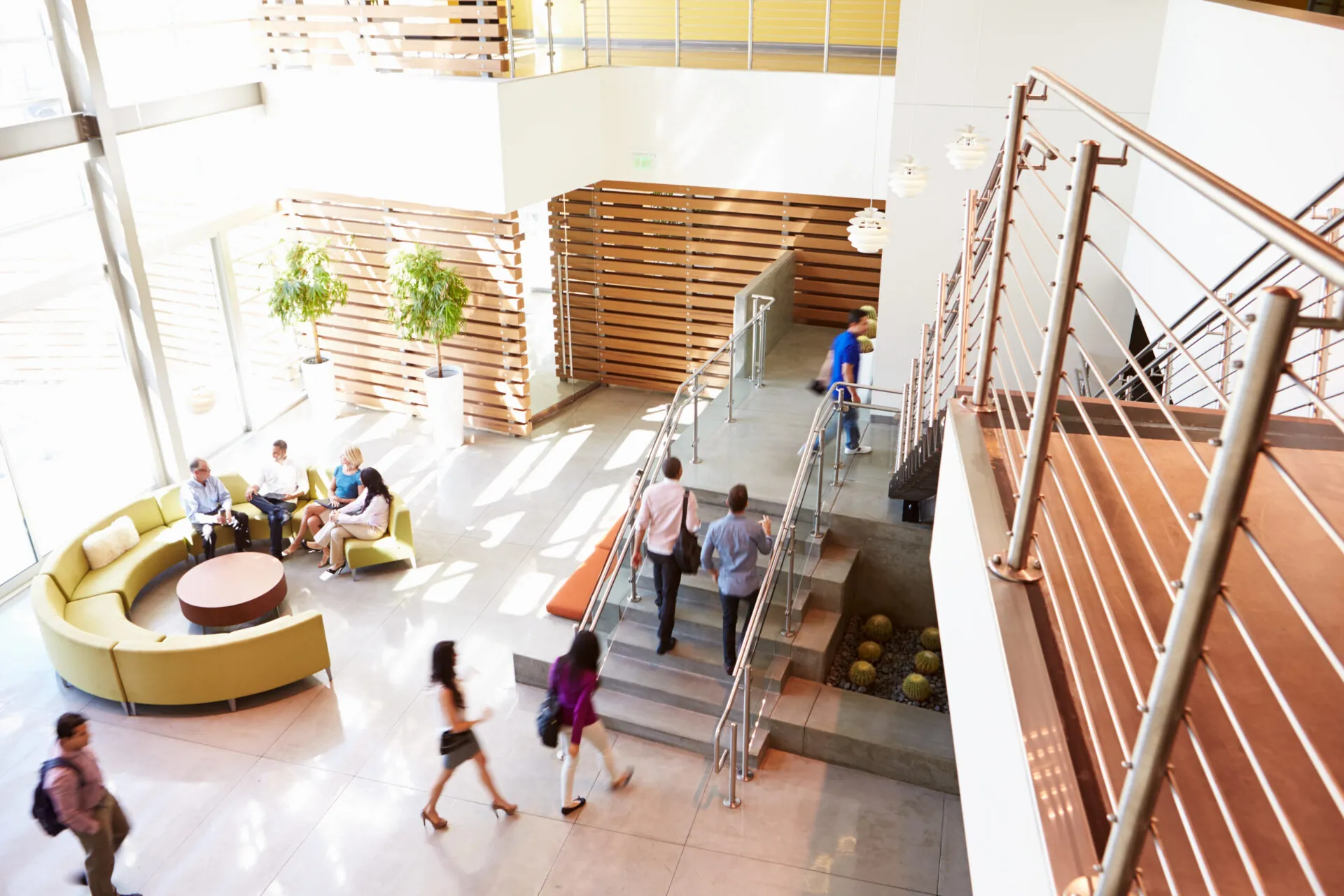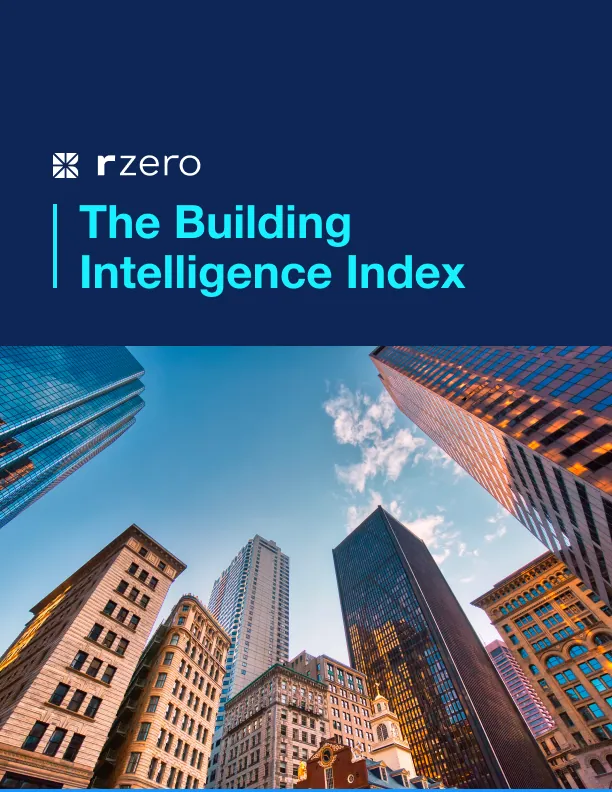
Understanding LL97 and Its Impact on NYC Commercial Real Estate
New York City’s Local Law 97 (LL97) represents one of the most ambitious steps toward achieving the city’s sustainability goals. Enacted as part of the Climate Mobilization Act, LL97 imposes strict carbon emission caps on buildings over 25,000 square feet.
This law targets the biggest source of city emissions—buildings, which make up about half of NYC’s carbon footprint. It also encourages commercial real estate (CRE) owners to think about how they use energy. Ultimately, the law’s goal is to achieve a 40% reduction in emissions by 2030 and net-zero emissions by 2050.
The Implications of LL97
For property owners and facility managers, LL97 raises the stakes. Buildings that fail to meet the mandated emissions caps will face substantial fines. For example, from 2024 to 2029, properties that exceed their carbon caps will incur penalties of $268 per ton of excess carbon emissions. As the caps tighten, with even more stringent limits set for 2030, these penalties could escalate to millions of dollars for buildings that fail to reduce their emissions footprint. With nearly 12% of properties expected to exceed the 2024 limits, and around 65% projected to surpass the 2030 benchmarks, the need for proactive energy management is more critical than ever.
Rethinking Energy Efficiency in Commercial Buildings
But LL97 is not just about penalizing non-compliance, it also encourages building owners to invest in sustainable, energy-efficient technologies. Among the most effective approaches is the implementation of smart HVAC controls, which adjust the flow of air and energy consumption based on real-time building occupancy.
This application is particularly effective in commercial buildings where different areas have varying usage patterns. By reducing HVAC operation in underutilized areas, building managers can lower energy consumption, cut emissions, and reduce operating costs—all while maintaining the comfort of their tenants.
Smart HVAC controls offer an efficient way to ensure that energy is only used where and when it’s needed. It’s an ideal solution for reducing energy use, as it directly tackles one of the largest contributors to a building’s carbon emissions: HVAC systems, which often account for more than 40% of a building’s energy use.
Beyond Compliance: Long-Term Benefits of Energy Optimization
While avoiding fines is a key area of focus, building owners should consider the broader advantages of adopting more energy-efficient practices. By optimizing energy use in their buildings they can significantly lower operational costs. Over time, these energy savings will contribute to a healthier bottom line and enhance the overall value of their building.
Moreover, energy-efficient buildings are becoming more attractive to investors and tenants who prioritize sustainability. With increasing pressure to reduce carbon footprints globally, buildings that demonstrate robust sustainability standards are likely to command higher lease rates and property values. This makes an investment in energy-saving technologies a wise financial strategy.
Positioning for the Future of Real Estate
LL97 is just the beginning of a broader shift toward more stringent environmental regulations in cities across the U.S. and around the world. As other regions adopt similar policies aimed at reducing carbon emissions, commercial property owners will need to stay ahead of the curve.
Get Ahead of LL97 Compliance with R-Zero
LL97 marks a new era for New York City’s commercial real estate sector, one where energy efficiency is not just an option, but a requirement. By focusing on smart technologies and sustainable energy practices, building owners can reap long-term financial and environmental benefits.
R-Zero’s solutions, designed to maximize energy efficiency while maintaining building performance, are well-positioned to help CRE owners meet the demands of LL97 and other forthcoming regulations. These solutions offer a scalable way to control energy use based on occupancy, reducing both emissions and costs. Learn more about R-Zero energy efficiency solutions today.
More posts you might like
-

3 Key Takeaways from AHR Expo 2025: What’s Shaping the Future of HVAC
The 2025 AHR Expo brought together HVAC industry leaders, innovators, and professionals to showcase the latest advancements in heating, ventilation, and air conditioning. Here are the key insights that stood out from our team on the ground. 1. Smart Technology is Enhancing, Not Replacing, Traditional HVAC A significant shift observed at this year’s expo is […]
-

Webinar Recap: Redefining Energy Efficiency
As commercial energy costs continue to rise, building operators are looking for faster, cost-effective solutions to reduce waste and improve efficiency. Heating, Ventilation, and Air Conditioning (HVAC) systems account for nearly 60-70% of total building energy consumption, making them one of the largest opportunities for savings. However, traditional HVAC systems often operate on outdated schedules, […]
-

Wildfire Smoke: Understanding the Impact on Indoor Air Quality
As we face yet another intense wildfire season, with significant events already impacting regions across the country, the challenges to air quality, both outdoors and indoors, are more pressing than ever. Wildfires contribute up to 50% of “ultrafine” particles in the air; tiny pollutants that can travel hundreds of miles and infiltrate indoor spaces, affecting […]

